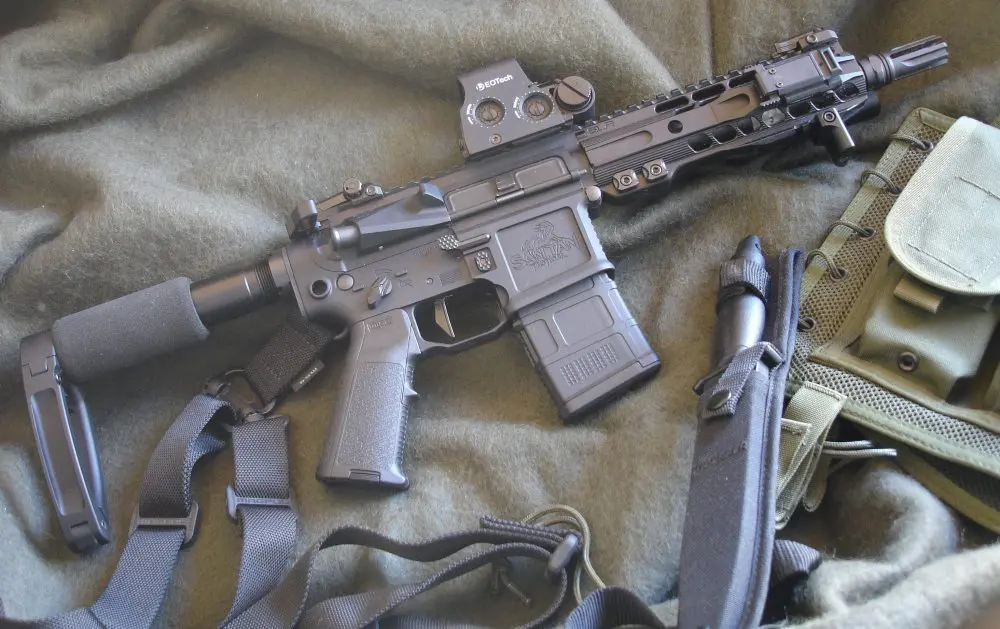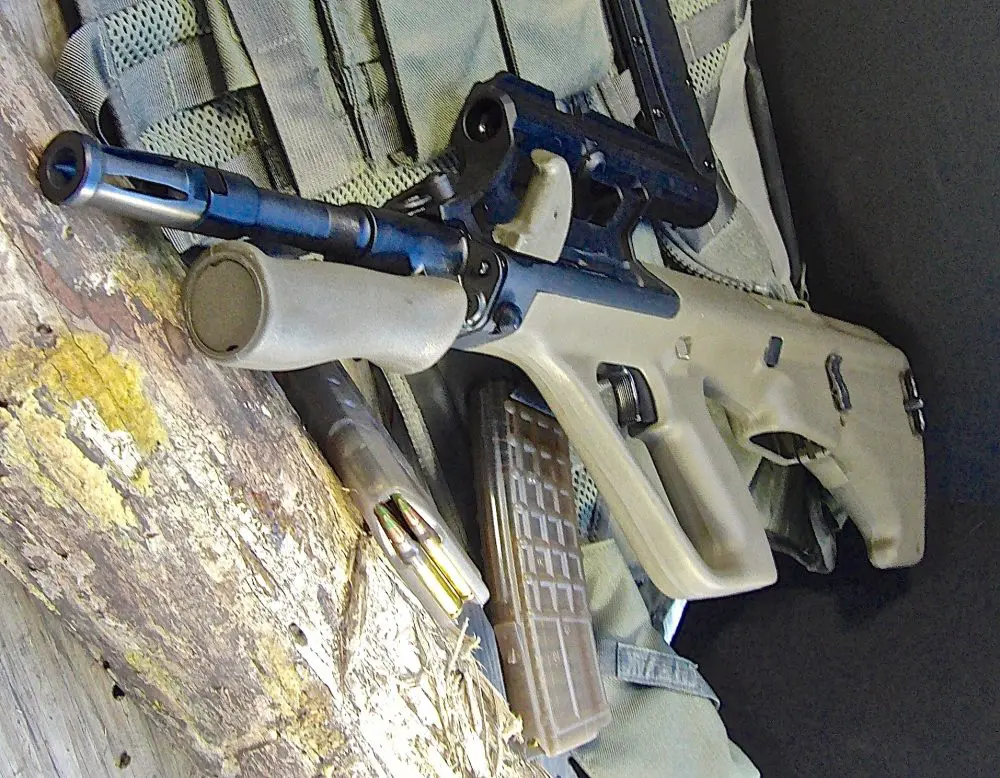Bullets are flying, you need to reload, and this is no time for cerebral flatulence.
The question is what technique do you use for the ammunition replenishment process?
Logically, the decision depends on two major factors: the weaponry being utilized, and the specific circumstances and progression of the fight. Obviously if a magazine tube-fed shotgun is being employed, the weapon needs to be expeditiously stoked with single rounds; if a Krag rifle is the weapon of choice, the bucket can be flipped open and filled with a handful of cartridges, or in the case of a double action top-break revolver, full/half/third-moon clips are often used.
For the purposes of this article, however, and for simplicity of discussion, the weapon of choice is the ubiquitous closed-bolt operated semiautomatic rifle or pistol. This brings your choices down to two options: the so-called Tactical Reload (commonly called a Tac Load), or the quicker Speed Load. The primary difference between the two systems is that with the former, the idea is to retain the remaining ammo in the expended magazine on one’s person for potential future use. During the speed-loading process, the initial magazine is dumped on the ground when the replacement magazine is inserted into the weapon.
So far, so good.
The delineating decision-maker as to which of the two techniques to use is situational. If continuity of fire is required, or if there is the potential of further immediate gunfire, then the Speed Load is the logical way to go. On the other hand, if everything appears to be under control and you have what appears to be a modicum of both mental and physical breathing room, a Tac Load would appear to be in order.
This is all plain, simple and straightforward logic.
Or is it?
Without fail, every time yours truly has taken a firearms class as a student, it was suggested by the instructors to execute a tactical reload whenever there is “a lull in the action.”
Now maybe it’s just me, but I have two questions:
I thought this was a running gunfight, and I don’t have back-up partners to protect my sorry rear end while I’m coolly and calmly taking my time to refuel the weapon’s gas tank. And question two: What on earth is a lull? I keep hearing about them, but I’ve never seen one. I presume it’s something like an avid. Like the infamous lull, you often hear of “avid hunters”, but you can never find anyone who has actually killed an avid.
Let’s be honest. When you’re on your own in a fight, you shoot when you have to and load when you can (or have to). Most of the time all the best laid plans of mice and men become a blueprint from Hades the minute the battle commences. All the neat stuff like noting where all the cover and concealment is located on your way to the battleground pretty much falls by the wayside once you have to use the Reverse Nike Defense. All of a sudden you can’t find that neato piece of cover behind you with a pair of binoculars strapped to each buttock.
And all the while you’re taking fire, returning fire, rapidly withdrawing, and, oh yes, did I mention the fact that you’re inexorably draining your primary ammunition supply? Which means it’s time to reload. Under these conditions nobody but an idiot or a Rexall Ranger is going to Tac Load. Unfortunately one of the ways we learn is from the deaths of good guys who preceded us. That’s why soldiers now have dump pouches instead of throwing half-empty magazines on the deck. But even under these circumstances, you are still loading as quickly as possible. The primary objective is to keep the weapon topped up to capacity—or as close thereto as possible—at any given time.
If it’s a one-man law enforcement or civilian confrontation, analyze all the documentation of past multi-round confrontations where the lone good guy used a tactical reload, and you’ll come up with very few examples. Invariably the debrief runs along the lines of “When it was all over I found two of my empty magazines on the ground—I don’t remember reloading even once.”
It is said that those who don’t learn from history are condemned to repeat it, which means that we have to stay with what has occurred in the last five thousand conflicts—and not what should potentially happen when all is running on greased rails and you can keep your feces neatly coagulated.
So why do we practice so much tactical reloading relative to so little speed loading on the training range? Two answers: (A) “Magazines are expensive, and I don’t want to continually drop them in the dirt/grass/gravel”, and (B) “It’s a pain in the butt to keep bending down to pick up the expended magazines.”
Here’s this author’s personal humble opinion: If your life is worth less than thirty-five dollars, don’t practice speed loads. Otherwise save the money you lavish on a dozen margaritas and buy a couple of practice magazines. Color-code them and use them exclusively for range practice.
And if you think your rear end hurts from bending down to pick up range magazines, here’s some noteworthy information—it’s going to hurt a lot more when it’s being used as a container for a couple of Kalashnikov rounds.
It’s your life, your decision, and your gunfight. When all is said and done, when there’s fowl play you do whatever it takes to be the eagle and not the turkey.
[Louis Awerbuck is Director of the internationally acclaimed Yavapai Firearms Academy. Course information and schedules are available at their website at www.yfainc.com]






